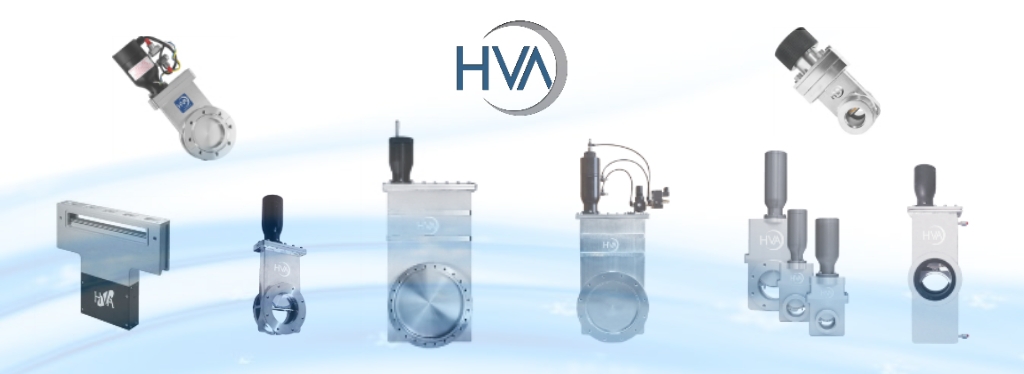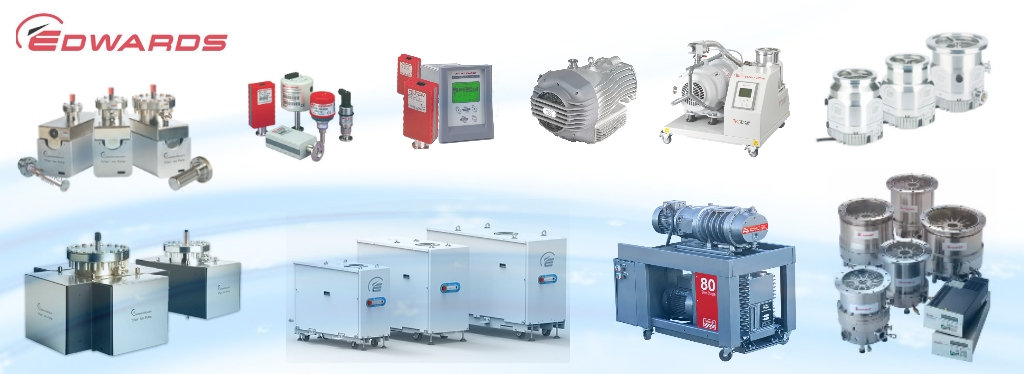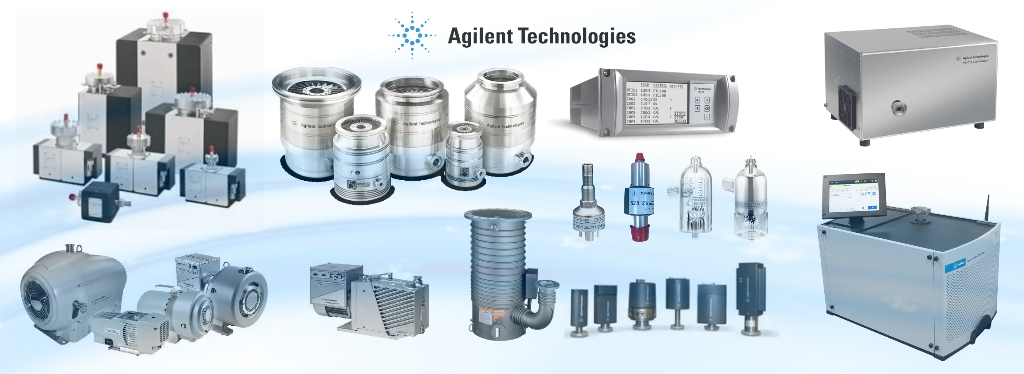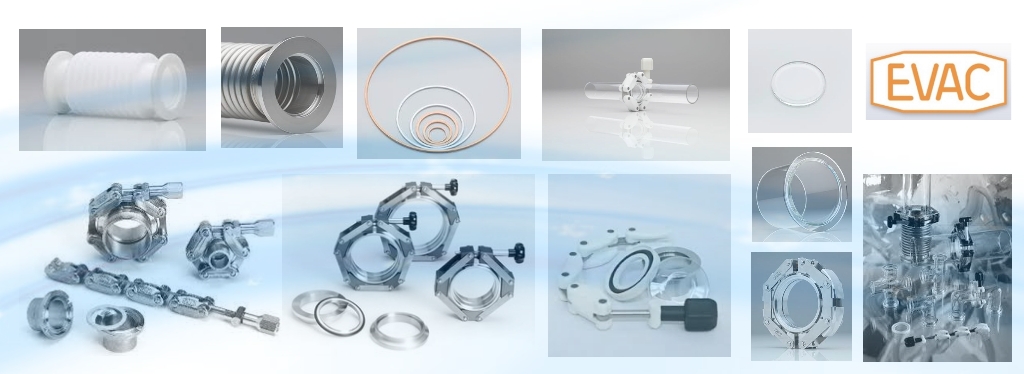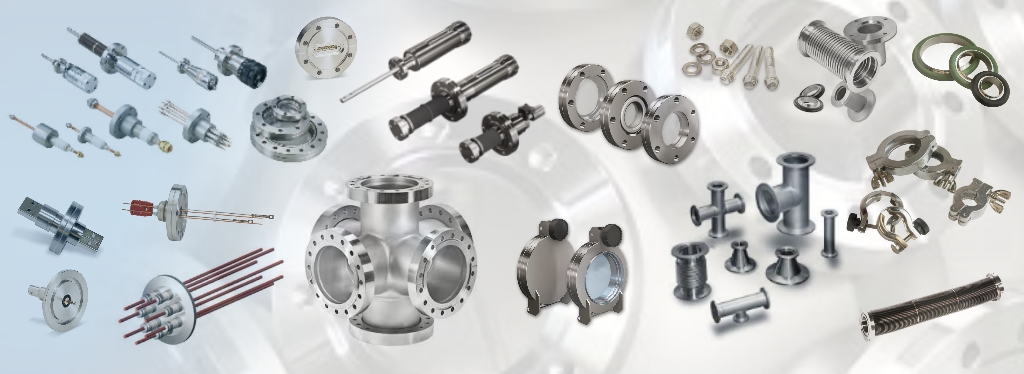Advanced High Throughput STP Pumps
Advanced High Throughput STP Pumps
(STPA803C/STPA1303C/STPA1603C/STPA2203C & CV TMS)
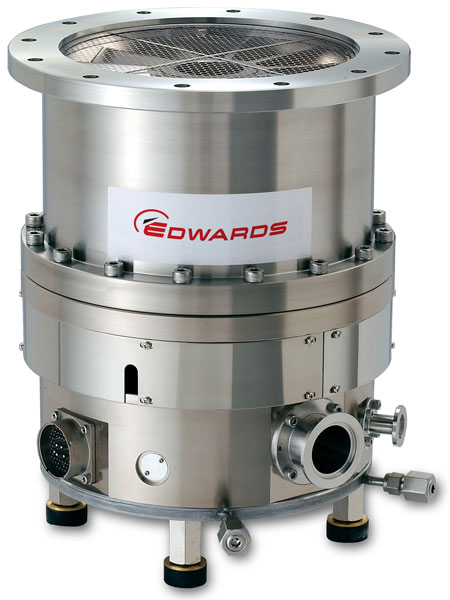
Overview
Edwards STPA Series pump is a new turbomolecular pump designed for use in semiconductor applications. It has advanced rotor technology that gives class-leading performance for maximum process flexibility. A new half rack controller gives additional space savings and incorporates d.c. drive technology for battery-free operation. It has been approved for use by major etch, ion implant and deposition equipment manufacturers in the semiconductor and magnetic media industries.
Technology
Edwards is a leader in clean and dry vacuum technology. The first STP pumps were sold in 1983 and there are now over 120,000 installations worldwide. 85% are operating on semiconductor process tools where they demonstrate exceptional levels of reliability. STP pumps are the first choice for applications demanding high up-time, hydrocarbon-free pumping, minimal maintenance and low vibration.
The rotor is entirely suspended by magnetic bearings so all contact between the rotor and the remainder of the pump is eliminated. As well as giving very low vibration, the elimination of contact means no bearing wear and no requirement for consequent pump maintenance.
Advantage series
The new Advantage series of magnetically levitated turbo pumps have been designed to provide the highest levels of throughput required by the next generation of semiconductor etch and CVD processes. They have been developed, using continuous improvement techniques, from the ultra reliable, high performance H series of products. Their advanced rotor design combined with selection of the best materials has allowed the creation of the next generation of high throughput turbo pump inside the same footprint as many of the existing models. The range contains pumps with throughput speeds from 800 l s-1 to 4500 l s-1.
Oil Free
All STP turbomolecular pumps are oil free. The use of magnetic bearings eliminates all hydrocarbon lubricants ensuring no contamination of the vacuum process from the turbomolecular pump. This feature is vital in the semiconductor industry (where device densities are constantly increasing) and in surface science or high energy physics applications (where even minute degrees of contamination disrupt measurements).
Maintenance free
Unlike conventional mechanical bearings, magnetic levitation means there is no frictional contact, eliminating sources of wear and vibration. This feature enables STP turbomolecular pumps to run for years with virtually no maintenance, reducing annual operating costs to a minimum and ensuring maximum up-time is achieved. This maintenance free feature can be particularly beneficial on processes producing chemical or radioactive contamination.
Vibration free
Magnetic levitation of the rotor results in an extremely low level of noise and vibration. Peak-to-peak vibration level is less than 0.02 µm. This amplitude remains constant throughout the life of the pump and is free from troublesome sub-harmonics
Automatic balancing system (ABS)
ABS is a unique patented development of 5-axis technology. If any rotor imbalance is introduced (by deposition of process by-products, for example), sensors in the pump detect changes in the rotor motion and compensate the magnetic bearing fields to allow the rotor to spin on its natural inertial axis. This minimizes the vibration transmitted to the inlet flange. ABS works at all pump rotational speeds.
Safety backup bearings
STP pumps have dry lubricated axial and radial mechanical bearings as safety backup bearings. These support the rotor and protect the pump in the event of a total disruption of magnetic suspension or a massive air inrush which overcomes the magnetic bearing stiffness. These high precision ball bearings are dry lubricated and are not in contact with the rotor during normal operation.
Advanced series compound rotors
The advanced series pumps have a redesigned compound rotor, the materials of manufacture have been improved to reduce the clearances within the pump, the rotors have an advanced 3D design and the Holweck stage has been redesigned to increase the throughput.
Corrosion resistant
To ensure a high level of resistance to corrosion, the corrosion resistant (C) and high throughput (H-C) pumps have nickel coated rotors/stators and pump internals suitable for ion implantation and plasma etching. Further enhanced levels of protection are available on request.
Nitrogen purging
The corrosion resistant (C) pumps and the high throughput (H-C) pumps have a nitrogen purge facility, a constant flow of nitrogen through the pump dilutes corrosive gases minimizing their damage to the pumps motor and sensor coils.
TMS system
The Edwards Temperature Management System is available on a wide range of turbo pumps. It is designed to optimize the temperature within the pump, dramatically reducing the particle condensation within. This will not only considerably enhance the performance of the pump under harsh process conditions, but also increase its operational life.
- Proven reliability.
- Clean oil-free high vacuum.
- Complete range from 300 to 4500 l s-1.
- Application specific models.
- Very low noise and vibration.
- Low cost of ownership.
- Virtually maintenance free.
- Installation in any orientation.
- Full remote control interface.
- Supported globally by Edwards
The rotor is entirely suspended by magnetic bearings so all contact between the rotor and the remainder of the pump is eliminated. As well as giving very low vibration, the elimination of contact means no bearing wear and no requirement for consequent pump maintenance.
Advantage series
The new Advantage series of magnetically levitated turbo pumps have been designed to provide the highest levels of throughput required by the next generation of semiconductor etch and CVD processes. They have been developed, using continuous improvement techniques, from the ultra reliable, high performance H series of products. Their advanced rotor design combined with selection of the best materials has allowed the creation of the next generation of high throughput turbo pump inside the same footprint as many of the existing models. The range contains pumps with throughput speeds from 800 l s-1 to 4500 l s-1.
Oil Free
All STP turbomolecular pumps are oil free. The use of magnetic bearings eliminates all hydrocarbon lubricants ensuring no contamination of the vacuum process from the turbomolecular pump. This feature is vital in the semiconductor industry (where device densities are constantly increasing) and in surface science or high energy physics applications (where even minute degrees of contamination disrupt measurements).
Maintenance free
Unlike conventional mechanical bearings, magnetic levitation means there is no frictional contact, eliminating sources of wear and vibration. This feature enables STP turbomolecular pumps to run for years with virtually no maintenance, reducing annual operating costs to a minimum and ensuring maximum up-time is achieved. This maintenance free feature can be particularly beneficial on processes producing chemical or radioactive contamination.
Vibration free
Magnetic levitation of the rotor results in an extremely low level of noise and vibration. Peak-to-peak vibration level is less than 0.02 µm. This amplitude remains constant throughout the life of the pump and is free from troublesome sub-harmonics
Automatic balancing system (ABS)
ABS is a unique patented development of 5-axis technology. If any rotor imbalance is introduced (by deposition of process by-products, for example), sensors in the pump detect changes in the rotor motion and compensate the magnetic bearing fields to allow the rotor to spin on its natural inertial axis. This minimizes the vibration transmitted to the inlet flange. ABS works at all pump rotational speeds.
Safety backup bearings
STP pumps have dry lubricated axial and radial mechanical bearings as safety backup bearings. These support the rotor and protect the pump in the event of a total disruption of magnetic suspension or a massive air inrush which overcomes the magnetic bearing stiffness. These high precision ball bearings are dry lubricated and are not in contact with the rotor during normal operation.
Advanced series compound rotors
The advanced series pumps have a redesigned compound rotor, the materials of manufacture have been improved to reduce the clearances within the pump, the rotors have an advanced 3D design and the Holweck stage has been redesigned to increase the throughput.
Corrosion resistant
To ensure a high level of resistance to corrosion, the corrosion resistant (C) and high throughput (H-C) pumps have nickel coated rotors/stators and pump internals suitable for ion implantation and plasma etching. Further enhanced levels of protection are available on request.
Nitrogen purging
The corrosion resistant (C) pumps and the high throughput (H-C) pumps have a nitrogen purge facility, a constant flow of nitrogen through the pump dilutes corrosive gases minimizing their damage to the pumps motor and sensor coils.
TMS system
The Edwards Temperature Management System is available on a wide range of turbo pumps. It is designed to optimize the temperature within the pump, dramatically reducing the particle condensation within. This will not only considerably enhance the performance of the pump under harsh process conditions, but also increase its operational life.
Applications
- Plasma etch (chlorine, fluorine and bromine chemistries) for metal (aluminum), tungsten and dielectric (oxide) and polysilicon
- Electron cyclotron resonance (ECR) etch
- Film deposition CVD, PECVD, ECRCVD, MOCVD
- Sputtering
- Ion implantation source, beam line pumping end station
- MBE
- Diffusion
- Photo resist stripping
- Crystal/epitaxial growth
- Wafer inspection
- Load lock chambers
- Scientific instruments: surface analysis, mass spectrometry, electron microscopy
- High energy physics: beam lines, accelerators
- Radioactive applications: fusion systems, cyclotrons



